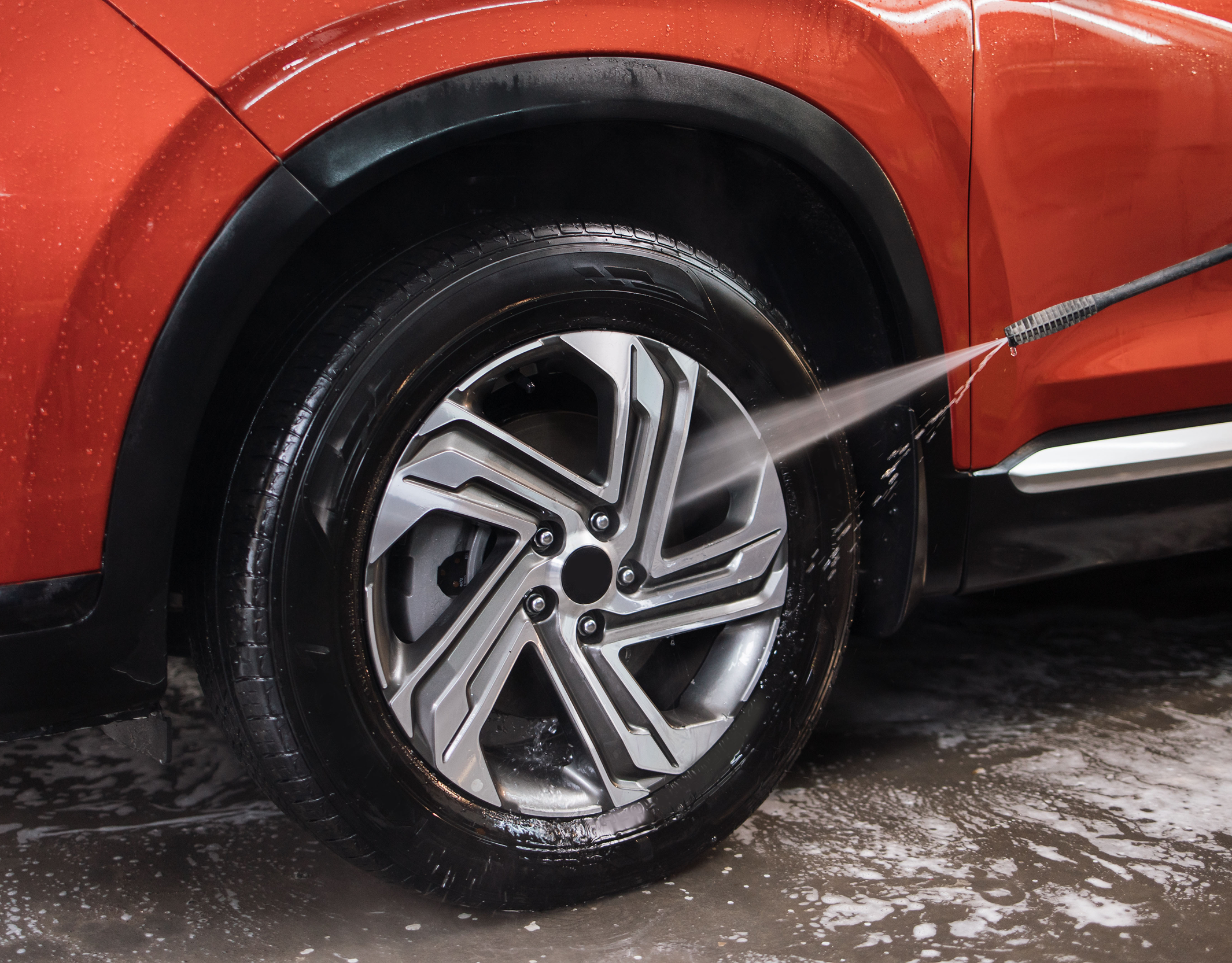Unprotected wheel wells and trunks face harsh conditions
Automotive wheel wells and trunk spaces endure a constant onslaught of road debris, moisture, salt, and temperature changes. Traditional plastic or rubber liners can become heavy or crack over time, creating gaps where mud and water accumulate. Rust or corrosion may then develop in these exposed areas, compromising the vehicle’s structural integrity. When liners are too bulky, they add weight that negatively impacts fuel consumption and carbon emissions.
Unprotected wheel wells and trunks face harsh conditions
Automotive wheel wells and trunk spaces endure a constant onslaught of road debris, moisture, salt, and temperature changes. Traditional plastic or rubber liners can become heavy or crack over time, creating gaps where mud and water accumulate. Rust or corrosion may then develop in these exposed areas, compromising the vehicle’s structural integrity. When liners are too bulky, they add weight that negatively impacts fuel consumption and carbon emissions.
.jpeg)
.jpeg)

.jpeg)
.jpeg)

Lightweight, high-strength liners for improved vehicle efficiency and durability
Unprotected wheel wells and trunks face harsh conditions
Automotive wheel wells and trunk spaces endure a constant onslaught of road debris, moisture, salt, and temperature changes. Traditional plastic or rubber liners can become heavy or crack over time, creating gaps where mud and water accumulate. Rust or corrosion may then develop in these exposed areas, compromising the vehicle’s structural integrity. When liners are too bulky, they add weight that negatively impacts fuel consumption and carbon emissions.

Noise is another concern. Wheel wells lacking sound-dampening liners transmit more road and tire noise into the cabin, reducing ride comfort. Trunk liners that do not properly fit or wear out prematurely can also lead to rattling, further undermining the driving experience. Addressing these issues effectively requires materials that balance lightweight properties with robust protection.
Securing critical
areas enhances performance and resale value

Keeping water and debris out of the wheel wells guards the suspension and frame against corrosion, extending a vehicle’s usable lifespan and preserving its resale value. A well-protected trunk area also stays cleaner and more organized, shielding luggage and items from damp or muddy conditions. Modern consumers frequently look for quieter, more efficient vehicles, so reduced cabin noise and better aerodynamics offer a competitive edge in the market.
By using reliable liners, automakers decrease warranty claims tied to rust or underbody damage, saving money on potential recalls or service campaigns. They also meet tightening environmental standards by lowering overall vehicle weight, which can improve fuel economy and reduce CO ₂ emissions. In a world where sustainability is increasingly valued, every pound saved matters.
Unprotected wheel wells and trunks face harsh conditions
Automotive wheel wells and trunk spaces endure a constant onslaught of road debris, moisture, salt, and temperature changes. Traditional plastic or rubber liners can become heavy or crack over time, creating gaps where mud and water accumulate. Rust or corrosion may then develop in these exposed areas, compromising the vehicle’s structural integrity. When liners are too bulky, they add weight that negatively impacts fuel consumption and carbon emissions.
Securing critical
areas enhances performance and resale value
Keeping water and debris out of the wheel wells guards the suspension and frame against corrosion, extending a vehicle’s usable lifespan and preserving its resale value. A well-protected trunk area also stays cleaner and more organized, shielding luggage and items from damp or muddy conditions. Modern consumers frequently look for quieter, more efficient vehicles, so reduced cabin noise and better aerodynamics offer a competitive edge in the market.
By using reliable liners, automakers decrease warranty claims tied to rust or underbody damage, saving money on potential recalls or service campaigns. They also meet tightening environmental standards by lowering overall vehicle weight, which can improve fuel economy and reduce CO ₂ emissions. In a world where sustainability is increasingly valued, every pound saved matters.

.jpeg)
.jpeg)

.jpeg)
.jpeg)
.jpeg)
.jpeg)
.jpeg)

How DUON needle-punched nonwoven supports auto design
DUON needle-punched nonwoven fabrics offer a lightweight yet high-strength solution for wheel well and trunk liners. The fibers can be blended to optimize durability, moldability, and sound-dampening qualities. This allows manufacturers to shape the liners precisely to the vehicle’s contours, achieving a snug fit that leaves minimal gaps. Once installed, DUON’s tough fibers protect metal components from flying stones, road salt, and moisture, reducing the risk of corrosion.
Due to the fabric’s flexible nature, it also helps absorb some of the vibrations and noise that originate from the wheels. This improvement in sound insulation contributes to a quieter cabin, enhancing overall ride quality. With ISO 9001 and ISO 14001 certifications, DUON meets stringent quality and environmental standards, reinforcing trust among automotive brands. Additionally, it remains stable in wide temperature ranges, so it will not warp or crack in extreme heat or cold. Over time, these properties help keep the wheel wells and trunk area in prime condition with minimal maintenance.




Key benefits
Lightweight composition
Improves fuel efficiency and reduces emissions
Robust protection
Shields metal from road debris, salt, and water
Sound dampening
Lowers noise inside the cabin for a more comfortable ride
Custom moldability
Easily shaped to fit complex automotive designs
Temperature resistance
Performs reliably in both hot and cold climates
ISO-certified production
Ensures consistent, high-quality materials
.png)


